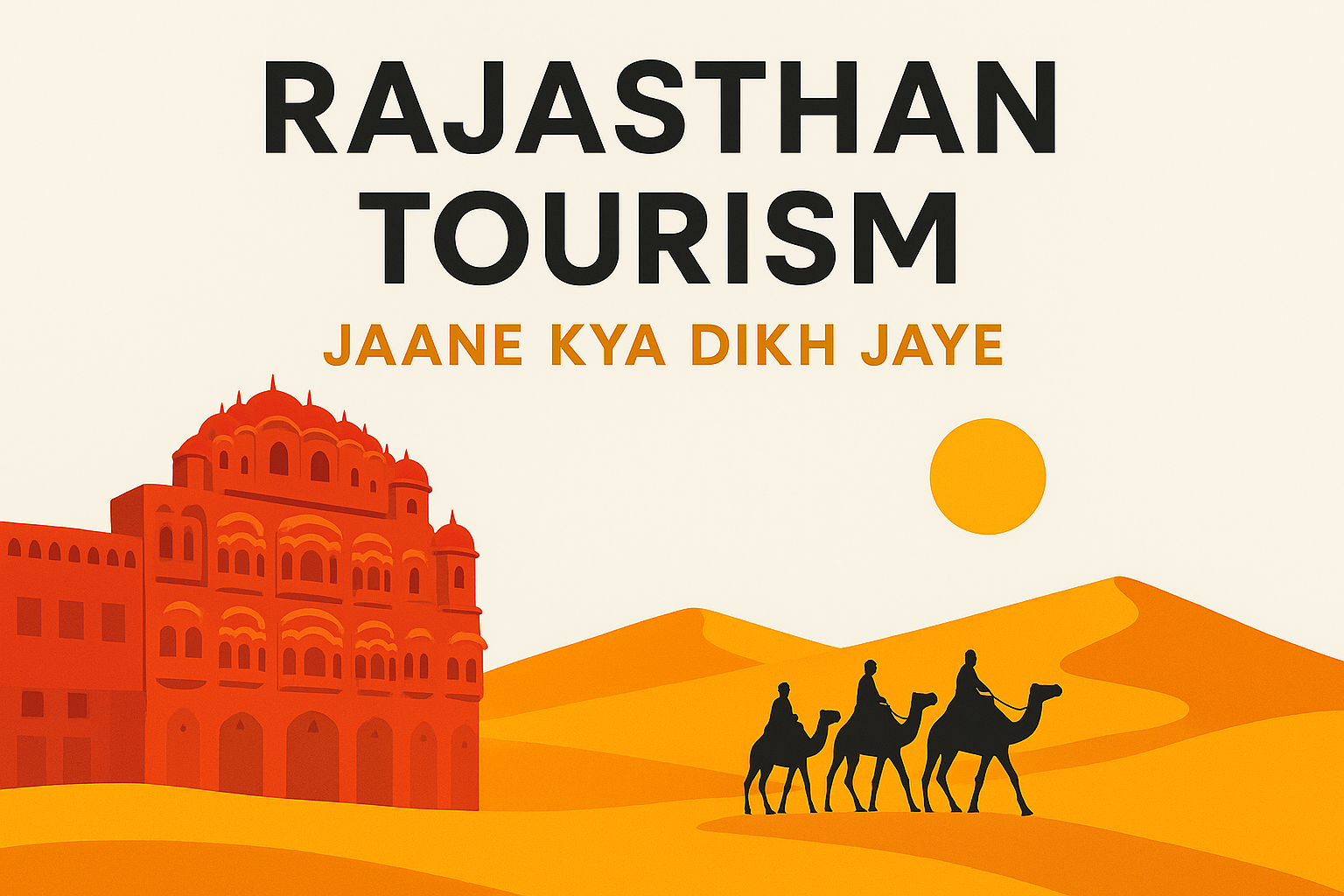In a historic move, the Union Cabinet has conferred the prestigious “classical language” status on five more Indian languages—Marathi, Bengali, Pali, Prakrit, and Assamese. This decision expands the list of classical languages in India from six to eleven, marking a significant moment in the country’s cultural and linguistic history.
A Milestone for Indian Languages
Before this addition, Tamil, Sanskrit, Telugu, Kannada, Malayalam, and Odia were recognized as classical languages. Tamil, the first to receive this designation in 2004, was followed by Odia in 2014. The inclusion of Marathi, Bengali, Pali, Prakrit, and Assamese is the result of long-standing efforts to ensure the recognition of these languages, which hold deep historical, literary, and cultural significance.
For instance, the demand for Marathi's classical status began in earnest in 2014 when the then Chief Minister of Maharashtra, Prithviraj Chavan, submitted a well-researched report to the central government. Other states like West Bengal also pushed for recognition, with Chief Minister Mamata Banerjee celebrating Bengali’s inclusion after years of effort. This long-awaited recognition arrives just ahead of crucial assembly elections in Maharashtra, adding a political dimension to the decision.
What Defines a Classical Language?
For a language to be granted classical status, it must meet strict criteria laid out by the Indian government. These include:
- Antiquity: The language must have a recorded history or early texts spanning 1,500-2,000 years.
- Literary Heritage: A rich body of ancient literature that is considered a cultural heritage by generations of speakers.
- Distinctiveness: The classical literature should be distinct from the modern form of the language or show significant continuity with its ancient roots.
Languages like Assamese, Bengali, and Marathi are still widely spoken today, whereas Pali, primarily the language of Buddha's sermons, is now mainly used in academic and religious contexts, especially in India and Southeast Asian countries.
Benefits of Classical Language Status
Recognition as a classical language opens the door to several benefits, both in terms of preservation and promotion. The Ministry of Education has taken initiatives to support classical languages, including setting up central universities, translation centers, and research institutes. These measures help in documenting and digitizing ancient texts, facilitating research, and promoting the learning of classical languages in academic institutions.
In addition, the government has established national awards, research grants, and university chairs specifically for classical language scholars. The newly recognized languages will soon benefit from similar programs, which will help boost academic research and preserve the cultural heritage embedded in these ancient languages.
Significance of Classical Language Recognition and Its Future Impact
The recognition of Marathi, Bengali, Pali, Prakrit, and Assamese as classical languages is not just a symbolic gesture but a step toward preserving and promoting the rich linguistic diversity of India. This move is expected to create new opportunities in research, education, and cultural preservation, providing employment in the areas of documentation, translation, and digitization of ancient texts. With dedicated centers of excellence, these languages will continue to thrive, passing on their legacy to future generations.








Leave a Comment - (Links Acceptable)